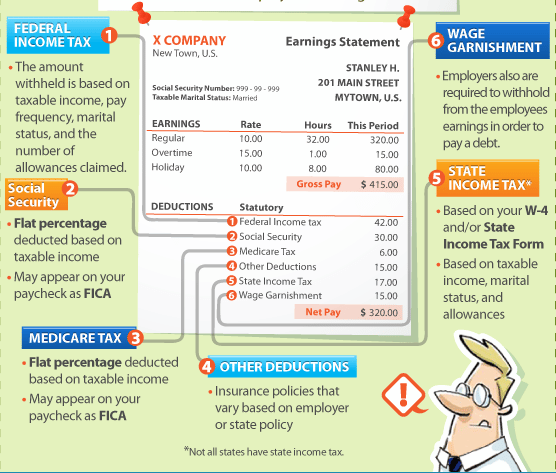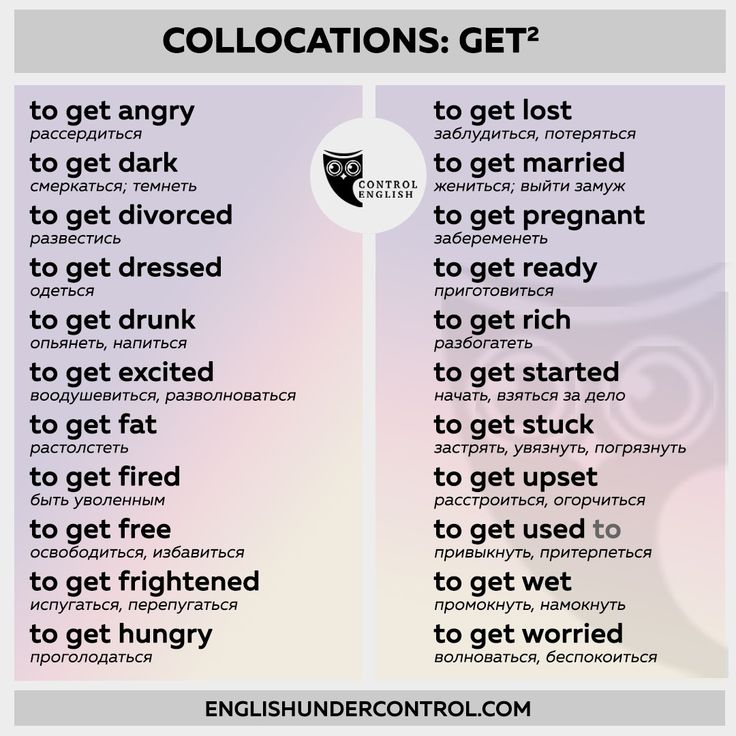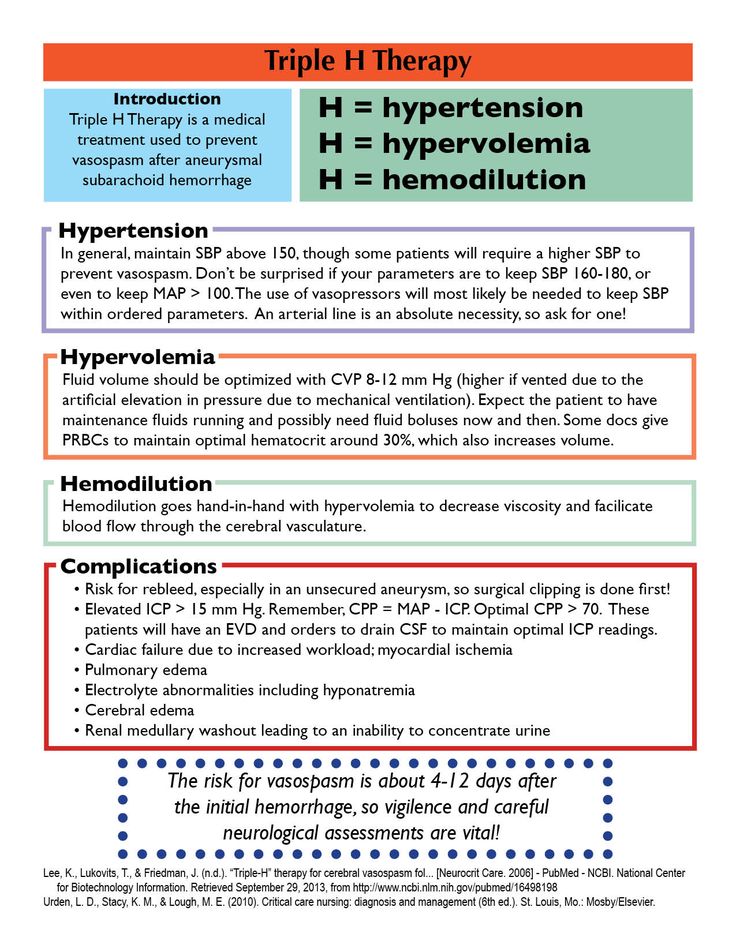Pregnant 3 days after ovulation
Are There Any Pregnancy Symptoms 3 Days Past Ovulation?
3 DPO: what is happening to your body?
When you ovulate, you’re beginning the luteal phase of your menstrual cycle. This phase continues until you get your period or a fertilized egg implants in the uterine lining. At 3 DPO, a mature egg has been released by the ovary and has traveled through the uterine tube. An egg typically stays in the uterine tube for the first 12–24 hours after being released by the ovary until it’s either fertilized or reduced. This is why there is a short window for fertilization.
This is also when different hormone levels are changing to prepare for the possibility of a fertilized egg. Progesterone levels increase after ovulation and peak about 6–8 days later. Progesterone is responsible for changes that you may see in your body and mood.
3 DPO symptoms
When you are 3 DPO, your body's changes are directly related to your changing levels of hormones. These changes cause symptoms that are associated with both PMS and early pregnancy. This can make it difficult to know whether you have conceived or are getting your period. Some of these symptoms include breast tenderness, bloating, headaches, fatigue, nausea, and backaches. These are referred to as the secondary symptoms of ovulation because they don't necessarily happen to every person during every cycle.
Fatigue
Fatigue is often one of the earliest pregnancy symptoms. However, many people also experience it during each menstrual cycle. There are also a lot of people who experience fatigue as part of the usual 3 DPO symptoms of the luteal phase.
A recent study showed that people with high levels of luteal progesterone report low levels of irritability and fatigue during their cycle. However, if you are tired every day, regardless of the stage of your cycle or whether you are pregnant, it’s better to check with your health care provider. In some cases, persistent fatigue could be a sign of a different medical condition, such as hypothyroidism (low thyroid function) or anemia (low hemoglobin and erythrocyte i. e., red blood cells).
e., red blood cells).
Bloating
Ovulation typically occurs about halfway through the menstrual cycle. This is also the time when you may start to feel bloated. By 3 DPO, you will probably still feel this way. Just before you ovulate, there is an increase in estrogen and luteinizing hormone. Some studies have shown that the variations in these female hormones can also control fluid regulation within the body.
Backache
Many people report having back pain during their period; others have back pain just before. This is common and can vary in severity. Many people feel significant relief from this pain once the period starts. This pain is most likely due to the contraction of the smooth muscles of the uterine wall, which is caused by changes in hormone and prostaglandin levels. It may also be a sign of early pregnancy.
Nausea
Nausea is often a telltale sign of the early stages of pregnancy. If you're trying to conceive and feeling nauseous around 3 DPO, it would be good to track this symptom.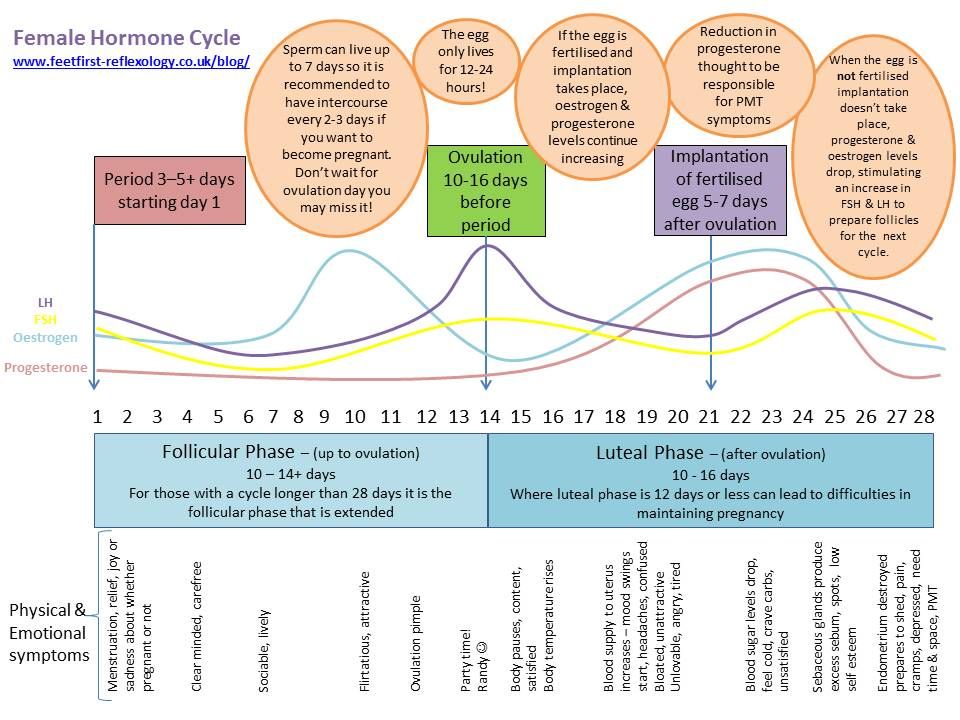
Tender breasts
Breast tenderness can be associated with a variety of factors, including caffeine intake, an ill-fitting bra, and hormonal changes during your menstrual cycle or pregnancy. Some people begin to have breast tenderness during ovulation, and the pain continues until the start of their period. Regardless of when you experience breast tenderness, you might be able to alleviate it by decreasing your caffeine intake and wearing looser clothing.
Research related to this topic is ongoing, but there are some theories about why people experience breast tenderness during different phases of the menstrual cycle. Some studies have found that some people have an imbalance in progesterone and estrogen during the second half of their cycle. Others suspect that an abnormality in the hormone prolactin may cause the pain.
Are there 3 DPO symptoms leading to BFP?
It's unlikely that you will experience any pregnancy symptoms at 3 DPO. The luteal phase starts the day that you ovulate and continues until you have your first day of bleeding (not spotting).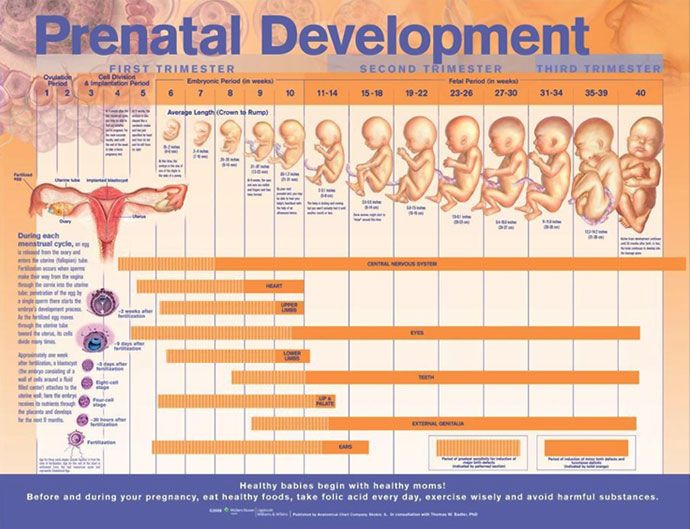 The luteal phase typically lasts 10–16 days. If you are experiencing pregnancy symptoms at 3 DPO, you may have miscalculated your ovulation, or you may have a hormonal imbalance that’s best checked by your health care provider.
The luteal phase typically lasts 10–16 days. If you are experiencing pregnancy symptoms at 3 DPO, you may have miscalculated your ovulation, or you may have a hormonal imbalance that’s best checked by your health care provider.
3 DPO and cramping: are you pregnant?
Cramping at 3 DPO as a sign of early pregnancy may be possible, but it's not typical for most people. This is because a fertilized egg usually does not implant in the uterine lining until about 6–10 days after ovulation. This cramping tends to be minor and can be associated with some light spotting.
If you experience any of these symptoms, they are more likely to be the result of typical monthly hormonal changes. However, if the symptoms are new or if they continue beyond the time that you would normally get your period, it might be a sign that you are pregnant. Most medical practitioners usually advise you to wait until you have missed the first day or two of your period before you do a pregnancy test.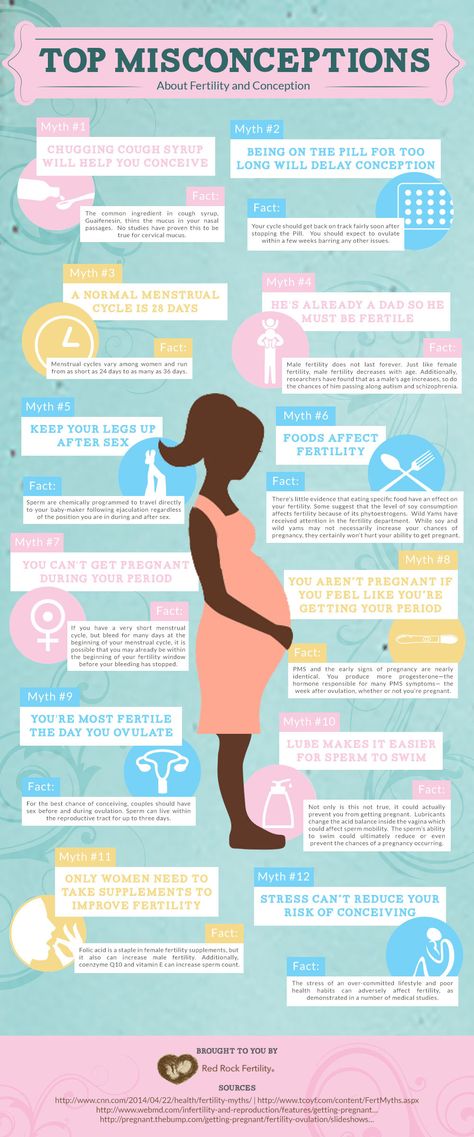 This will ensure that the hormone levels that indicate a positive pregnancy are high enough to be tested.
This will ensure that the hormone levels that indicate a positive pregnancy are high enough to be tested.
If it turns out you're not pregnant this month, try using our online ovulation calculator to predict when ovulation day might be next cycle.
How many days after ovulation can you get pregnant?
It is possible to become pregnant after ovulation. When a person has sex within 12–24 hours after the release of a mature egg, there is a high chance of conceiving.
Ovulation occurs when one of the ovaries releases a mature egg. This is the time when the body is ready to receive sperm for fertilization.
If fertilization does not occur, the egg disintegrates into the uterine lining. The body will then shed the remains during a person’s monthly period.
Ovulation lasts anywhere from 12–24 hours. After the ovary releases an egg, it survives for about 24 hours before it dies, unless a sperm fertilizes it.
If a person has sex days before or during the ovulation period, there is a high chance of conceiving.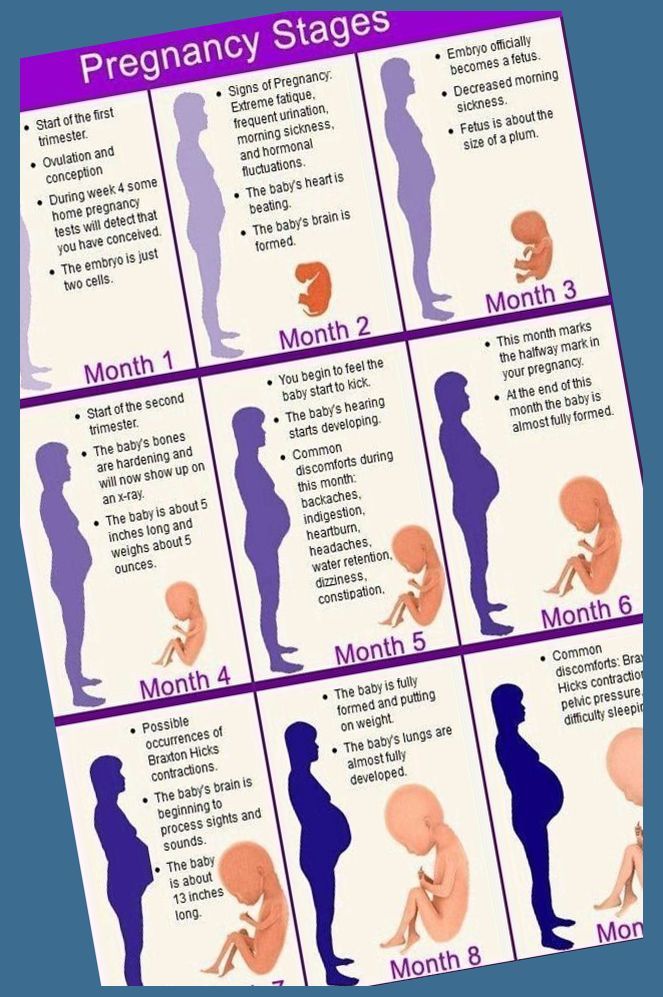 This is because sperm can survive up to 5 days in the cervix. Therefore, it is important to understand the fertile window.
This is because sperm can survive up to 5 days in the cervix. Therefore, it is important to understand the fertile window.
The fertile window is the period of time during which it is possible to become pregnant from sex. This is the day of ovulation plus the amount of time that sperm can live inside the cervix before it fertilizes the egg.
According to the American College of Obstetricians and Gynecologists (ACOG), a person can become pregnant if they have sex anywhere from 5 days before until 1 day after ovulation.
Depending on the menstrual cycle, the fertile window may vary from one person to another.
To calculate the fertility window, a person should note the first day of a period until the next period occurs. This timeframe is the menstrual cycle. On average, most people who menstruate have a 28-day cycle.
However, according to the Office on Women’s Health, for some, it may last 21–35 days.
According to the ACOG, ovulation occurs around day 14 of the menstrual cycle.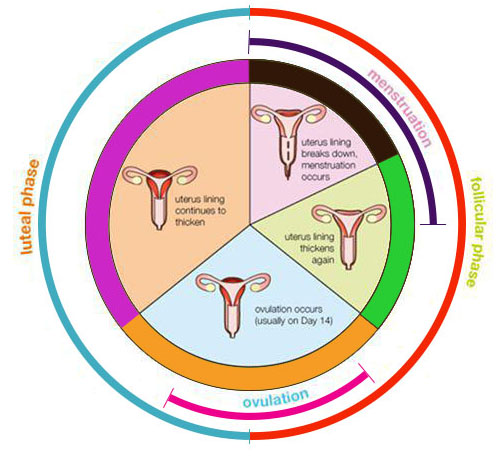
A person with a 28-day cycle, for example, will have their fertile window 5 days before the ovulation date.
Pregnancy is possible 12–24 hours after ovulation. This is because the released egg can only survive 24 hours before the sperm can no longer fertilize it.
The likelihood of getting pregnant on the days before and after ovulation varies from one person to another.
An older study from 1995 looked at the timing of sexual intercourse in relation to ovulation and the likelihood of conception.
Out of 221 healthy women, there were 192 pregnancies. Researchers concluded they could estimate the odds of becoming pregnant on each day of the fertile window as between 10–33%, depending on the day.
| 5 days before ovulation | 10% |
| 4 days before ovulation | 16% |
| 3 days before ovulation | 14% |
| 2 days before ovulation | 27% |
| 1 day before ovulation | 31% |
| Ovulation day | 33% |
The same study authors also note there could be a 12% chance of conceiving on either day 7 before ovulation and the day after ovulation.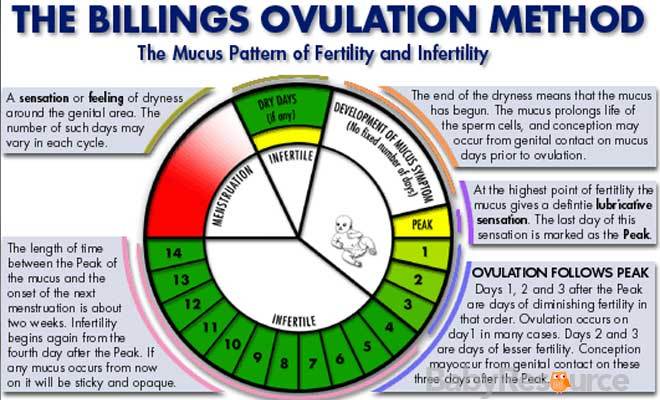
However, the chances of becoming pregnant before or after ovulation depend on several factors, including:
- age
- frequency of sexual intercourse
- menstrual cycle
For those trying to conceive, tracking ovulation is crucial to ensure they identify the most fertile days in the menstrual cycle.
Here are some of the methods a person can use to track or predict ovulation.
Basal body temperature charting
Basal body temperature (BBT) is the temperature when the body is at rest.
Charting BBT for a series of months by measuring every morning after waking up will help predict ovulation.
During or when ovulation approaches, there is a slight increase in BBT. A person can use a digital thermometer to track these small changes in temperature.
Monitoring BBT can help tell when ovulation occurs and therefore predict the days in the cycle when pregnancy is possible.
Ovulation predictor kits
Using ovulation predictor kits, such as test strips and digital tests, will help measure the level of luteinizing hormone (LH), which usually rises during ovulation.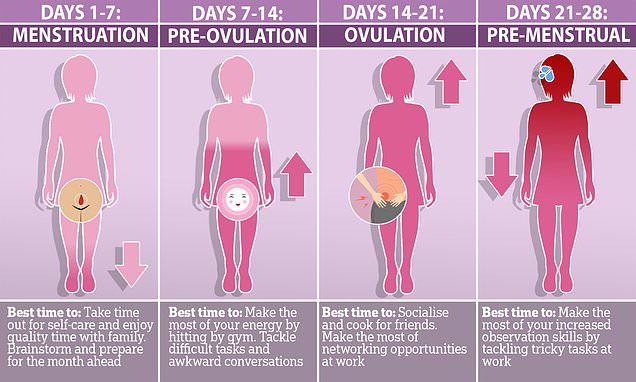
A person needs to take tests for consecutive days to detect the rise in LH.
Once they notice a consistent rise, experts recommend having sex daily for the next couple of days to increase the chances of pregnancy.
Cycle charting apps
Several cycle apps, such as the Clue period tracker and Flo period ovulation tracker, can help calculate the ovulation period and fertile window.
Charting ovulation using these apps will indicate the ovulation date and days when a person’s body is most fertile.
Fertility monitors
For people trying to conceive or wishing to avoid pregnancy, using fertility monitors to track ovulation can help people plan intercourse.
Fertility monitors work by measuring significant body changes, such as BBT, heart rate, and breathing.
By compiling this data, the fertility monitor can predict the fertile window.
Cervical mucus method
Observing cervical mucus can give an idea of when a person may be ovulating.
When ovulation approaches, the cervical mucus changes to a thin, clear, stringy, slippery consistency. It may look similar to raw egg whites.
The mucus allows the sperm to swim to the released egg during intercourse.
Ideally, this is the ideal time to have sex due to the high chances of becoming pregnant.
Watching ovulation signs, such as a slight increase in BBT, changes in cervical mucus, and increased sex drive, can help determine the best time to have sex to boost chances of becoming pregnant.
In addition, having sex during the fertile window increases the chances of conception. During this timeframe, the body is ready to receive sperm for fertilization.
On average, a menstrual cycle lasts between 21–35 days.
An irregular cycle or absent cycle that lasts fewer than 21 days or more than 35 days, can mean that a person is not ovulating.
A person should speak with a doctor if they do not become pregnant after 1 year of trying to conceive.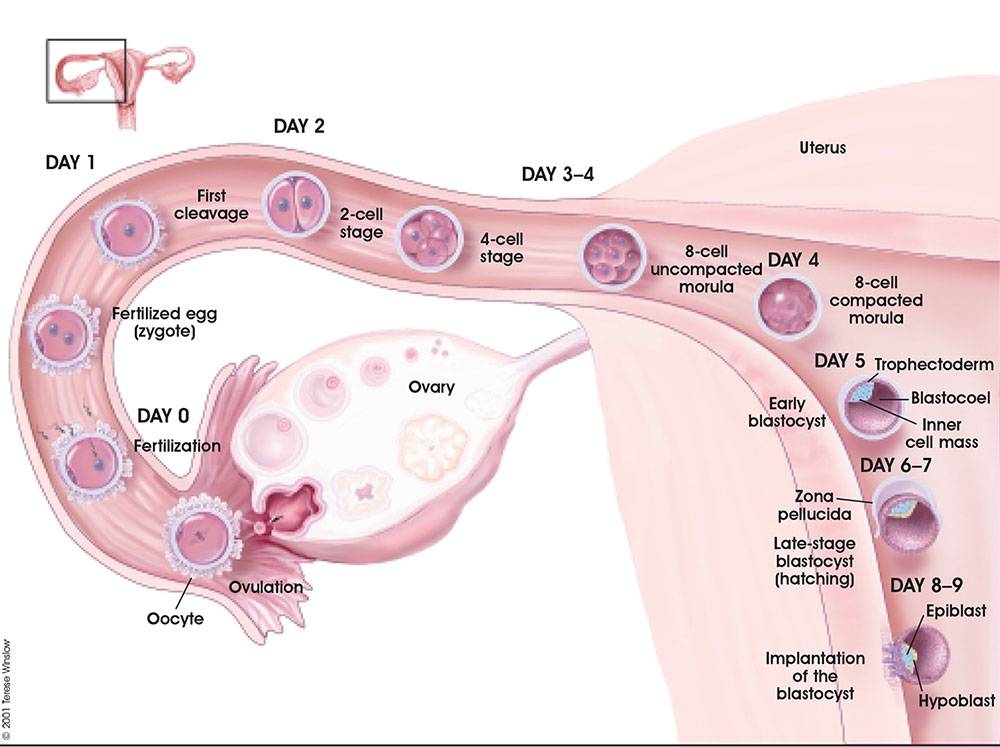
Age may also determine when to seek help. People between 35–40 years of age should speak with a doctor after 6 months of trying to get pregnant. For those above 40 years of age, a healthcare professional may run some fertility tests.
A doctor may also test for possible signs of infertility or if a person has ever had repeated miscarriages, pelvic inflammatory disease, endometriosis, prior cancer treatment, or a history of irregular periods.
A person can get pregnant 12–24 hours after ovulation, as a released egg can survive up to 24 hours within the cervix.
For those trying to conceive, it is crucial to understand the menstrual cycle.
Beyond this, a person can use methods, such as BBT charting, cycle charting apps, fertility monitors, changes in cervical mucus, and ovulation predictor kits to boost the chances of pregnancy.
Fomin's clinic — a network of multidisciplinary clinics
Today's world is full of information: literally with one click, each of us can open the Universe and learn everything - from string theory to concert posters for the next week.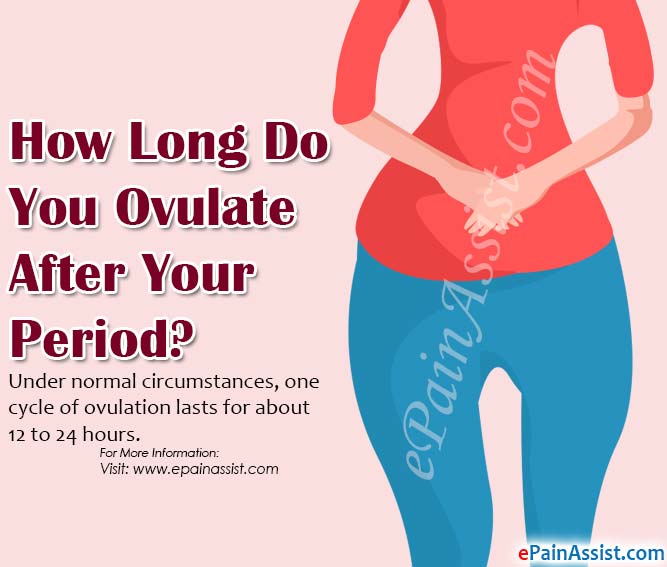 It is all the more interesting that, having unlimited access to knowledge, we still live in myths - and sometimes they arise, including thanks to the Internet, replicating untruth and absurdity.
It is all the more interesting that, having unlimited access to knowledge, we still live in myths - and sometimes they arise, including thanks to the Internet, replicating untruth and absurdity.
We have prepared for you a short “blitz” of six questions or myths about pregnancy and conception, so that you are fully equipped and do not believe the tales on the Internet. nine0003
Well... not exactly. Firstly, the idea of a “full examination” is a clear exaggeration, because there is no single list of tests that an expectant mother needs to pass. Ideally, visit a doctor three months before the end of contraception, get tested for STIs and antibodies to rubella. If additional examinations are required, you will be individually prescribed everything you need - including, probably, vaccinations that should be “updated”. As for alcohol and smoking, they are really contraindicated at the stage of pregnancy planning, so if you have these addictions, you will have to give them up. However, it should be remembered that smoking cessation applies to both electronic cigarettes and “passive smoking”, which can lead to dangerous consequences for the fetus. nine0003
However, it should be remembered that smoking cessation applies to both electronic cigarettes and “passive smoking”, which can lead to dangerous consequences for the fetus. nine0003
Spoiler: no big deal. Do not panic and blame yourself for all mortal sins because of a glass of wine. With the recognized insecurity of alcohol, scientists have proven that a woman drinking 1-2 servings a couple of times a week should not harm the unborn child. For men, the allowable figures are slightly higher - 3-4 doses of alcohol per week. The main thing is to know the measure and not to overdo it.
There is, of course, a simplified formula for calculating the estimated due date: plus 7 days and minus 3 months from the date of the last period, but to be honest, it doesn’t work like that: the fact is that it is very difficult to “program” pregnancy and make sure that the child is born when you want. If you have a plan and are going to stick to it, be prepared for the fact that things can go wrong, if only because:
- the duration of pregnancy is not 40 weeks, but 37-42 weeks, which means that you can easily fall into a five-week “loop”, which will reduce the chances of fulfilling the plan to zero;
- with regular sex, the probability of conception is not 1 time per month (exactly when you guessed it), but 1 time per year.

Nothing is impossible... However, it is worth clarifying the question a little: you can get pregnant only during ovulation (more precisely, shortly after it), but you can have sex, which will lead to a long-awaited pregnancy, on different days. Of course, on the days of menstruation, the probability is lower than on the days that precede ovulation, but on none of the days of the menstrual cycle this probability is not zero. nine0003
Let's just say that trying multiple times a day is a bad idea. Why? At least because ejaculation more than once a day worsens the quality of sperm, as a maximum - such perseverance and zeal can create tension in the relationship of partners. Doctors advise to have sex every 2-3 days throughout the cycle, and not try to guess the moment and throw all your strength into this short period.
Planning the sex of a child is an extremely prolific topic for myth-makers.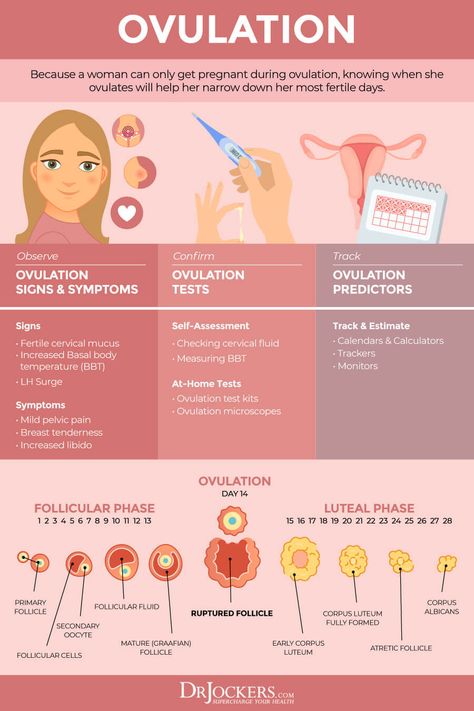 Some believe that with the help of a special table that takes into account such indicators as the age of the father and mother, the month of conception, it is possible to accurately calculate the sex of the child. This "method" is anti-scientific and has nothing to do with reality. nine0003
Some believe that with the help of a special table that takes into account such indicators as the age of the father and mother, the month of conception, it is possible to accurately calculate the sex of the child. This "method" is anti-scientific and has nothing to do with reality. nine0003
Another myth is that you have to get pregnant on the day you ovulate to have a boy. Previously, scientists really believed that X and Y spermatozoa differ from each other (Y are faster), and the sex of the child is formed due to the first one that broke through the defenses of the female egg. If you want to conceive a boy, you need to have sex on the day of ovulation so that the Y-sperm cells responsible for the "male sex" have more time to get to the egg located farthest from the entrance to the uterus. nine0003
However, this myth does not stand up to criticism: the fact is that there is no difference between the X and Y chromosomes, which means that the sex of the child does not depend on which of the sperm reaches the egg first. Moreover, not the fastest fertilizes the egg: thousands of spermatozoa simultaneously break its shell.
Moreover, not the fastest fertilizes the egg: thousands of spermatozoa simultaneously break its shell.
From this follows the conclusion: modern science does not know how to determine the sex of the child during natural conception, and therefore there is no universal recipe. nine0003
Follow us
When is a woman most fertile?
If you are a woman taking precautions to prevent pregnancy, or if you are thinking about pregnancy in some way in the future, the issue of fertility usually remains in the background.
The question of when a woman is most fertile has two aspects.
First, is the menstrual cycle and the period when a woman is most fertile. nine0003
To figure out the arithmetic, a fertility calendar or an ovulation calculator will help. The second aspect of the question concerns biological age and the stage of life at which women are most fertile. In our article, we will look at the monthly cycle, the days that are the most fertile during this cycle, and various means of monitoring and predicting ovulation.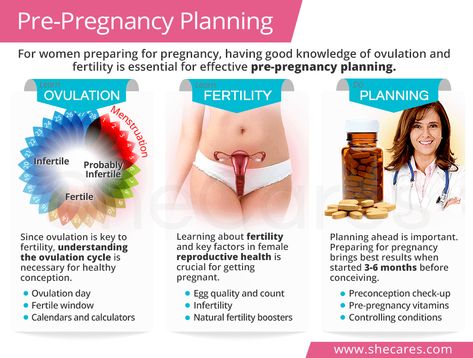 This makes it possible to predict the time of maximum fertility with some accuracy.
This makes it possible to predict the time of maximum fertility with some accuracy.
nine0069 Second, , we look at the stages of fertility at various times in a woman's life and their impact on her ability to conceive.
It is well known that fertility peaks at age 20 and begins to decline after age 30; after 35 years, natural conception rates begin to drop sharply. However, in today's society, many women, for understandable financial and social reasons, choose to delay childbearing until the age of thirty. Thus, we are faced with the paradoxical situation where many women, who have long sought to prevent pregnancy in their younger years, find themselves in a situation where they begin to look for ways to increase their chances of conceiving. nine0003
When is a woman most fertile? What does the menstrual cycle show?
In a woman, the ability to conceive is maximum a day or two before and after ovulation. This is when the egg is released from the ovaries.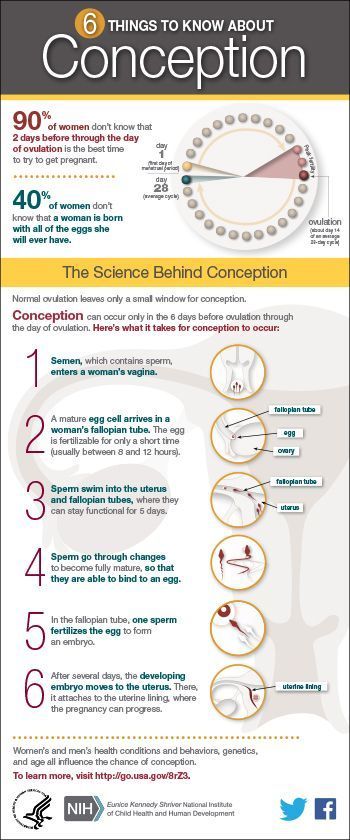 You can calculate with a reasonable degree of accuracy when ovulation will occur, especially if your cycle is regular, anywhere between 24 and 35 days. Consider the start of your period (bright spotting) as the first day of your cycle, and the day before the next as the end of your cycle. Ovulation usually occurs 12-16 days before the start of the next cycle. Thus, if you have a regular 28-day cycle, then the indicator remains the same: ovulation occurs on the 12th-16th day. However, fertile time is not limited to these few days. Remember that you can get pregnant if you have unprotected sex at any time during the week before ovulation, as sperm can live in a woman's genital tract for up to seven days. nine0003
You can calculate with a reasonable degree of accuracy when ovulation will occur, especially if your cycle is regular, anywhere between 24 and 35 days. Consider the start of your period (bright spotting) as the first day of your cycle, and the day before the next as the end of your cycle. Ovulation usually occurs 12-16 days before the start of the next cycle. Thus, if you have a regular 28-day cycle, then the indicator remains the same: ovulation occurs on the 12th-16th day. However, fertile time is not limited to these few days. Remember that you can get pregnant if you have unprotected sex at any time during the week before ovulation, as sperm can live in a woman's genital tract for up to seven days. nine0003
Fertility specialists generally advise that if you are hoping to get pregnant, it is advisable to specifically schedule contacts around this time, as it can be difficult to calculate the exact day of ovulation, and trying to have sex on a schedule can cause unnecessary stress and anxiety.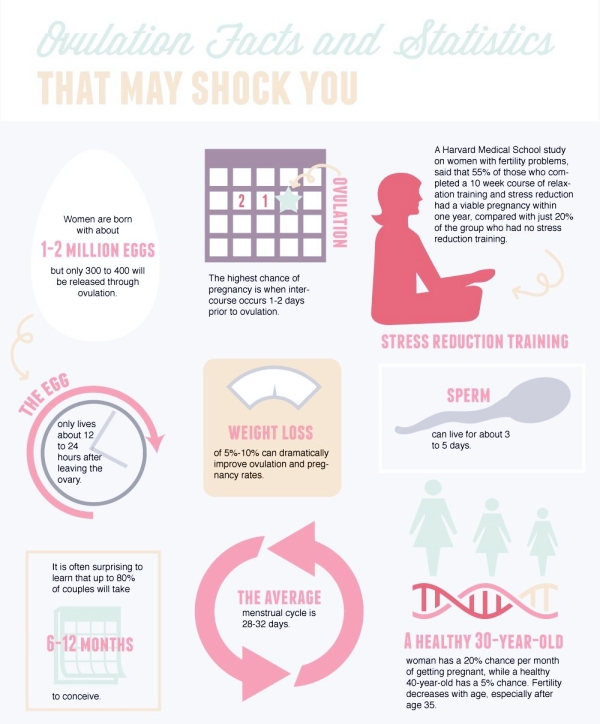 For the best chance of getting pregnant as long as there are no underlying fertility problems, it is recommended to have intercourse every 2-3 days during your cycle. In addition, fertility calendars, an ovulation test, and self-monitoring for signs of ovulation can help predict the ideal time to conceive. nine0003
For the best chance of getting pregnant as long as there are no underlying fertility problems, it is recommended to have intercourse every 2-3 days during your cycle. In addition, fertility calendars, an ovulation test, and self-monitoring for signs of ovulation can help predict the ideal time to conceive. nine0003
Menstrual calendar
It could be an old-fashioned pen and paper, a spreadsheet, or one of the many online calendars available. They are also known as ovulation calendars or ovulation calculators. They all do the same thing: keep track of your menstrual cycle dates and use the 12-16 day calculation outlined above to determine the days on which you are most likely to conceive.
Ovulation Tests
These are test kits that measure the level of luteinizing hormone (LH) in your urine. The essence of the measurement is to capture the surge in LH levels that occurs during your cycle a couple of days before ovulation. There are also tests that measure the same hormone pulsation but use a saliva sample.







